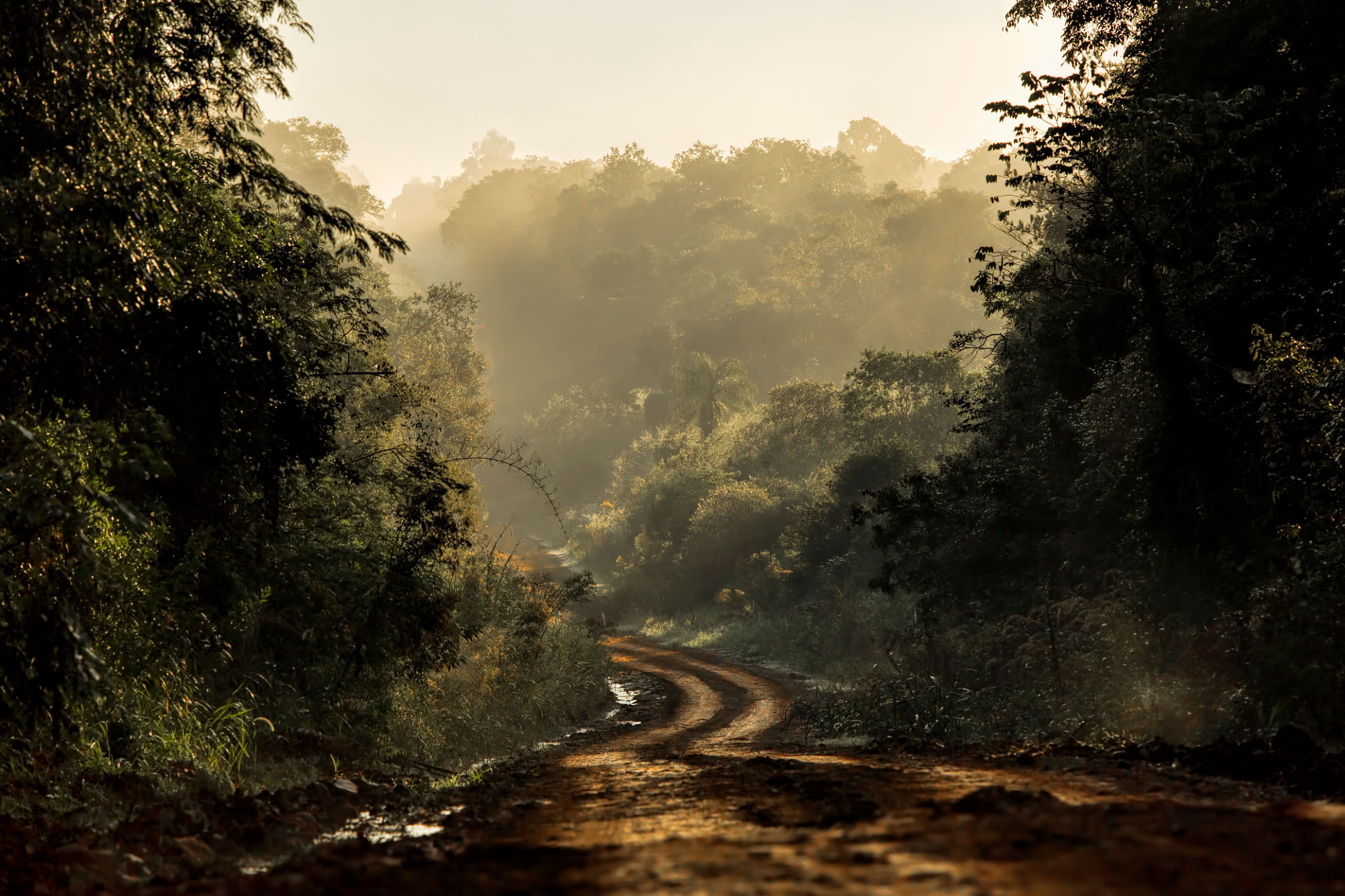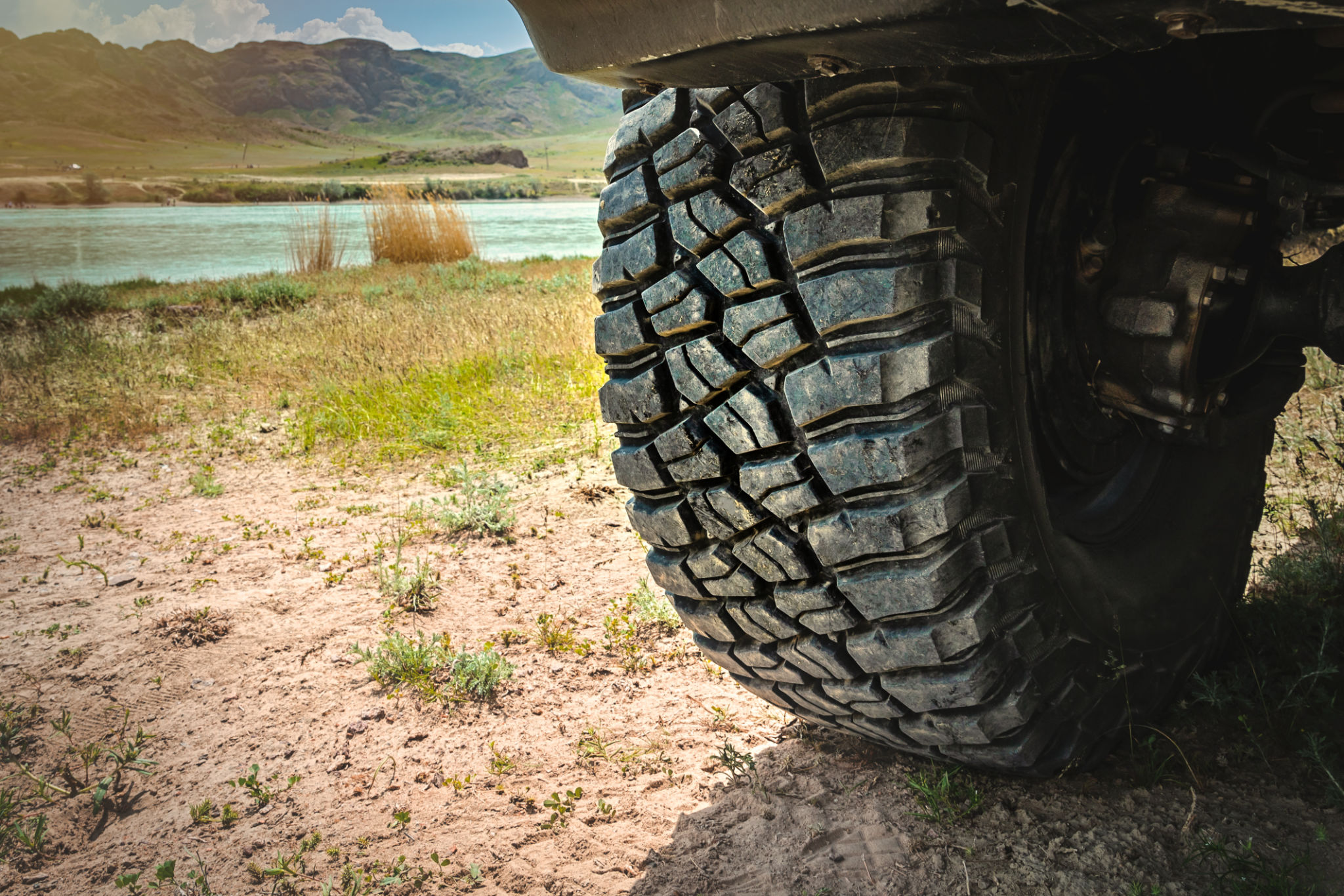How to Choose the Right Off-Road Tires for Polish Terrains
Understanding Polish Terrains
Poland offers a diverse range of terrains, from sandy beaches along the Baltic Sea to the rugged Tatra Mountains. When planning off-road adventures, it’s essential to consider the specific characteristics of the Polish landscape. Different terrains require different tire features to ensure safety and performance. Understanding these nuances is the first step in selecting the right off-road tires for your vehicle.
In Poland, you’ll encounter a mix of forest trails, muddy paths, rocky hills, and snowy routes. Each of these environments demands unique tire attributes to navigate effectively. Making an informed choice about your off-road tires will enhance your driving experience and ensure you face fewer challenges during your journey.

Assessing Tire Types
Off-road tires come in various types, each designed for specific conditions. The most common categories include all-terrain (A/T), mud-terrain (M/T), and rock-terrain tires. Understanding the differences and benefits of these categories will help you make a more informed decision.
All-Terrain Tires
All-terrain tires are versatile and suitable for a range of terrains. They provide a balance between on-road comfort and off-road capability, making them ideal for drivers who frequently switch between paved roads and trails. If your off-road adventures involve a mix of surfaces, all-terrain tires could be the perfect choice.

Mud-Terrain Tires
If you anticipate encountering muddy conditions or softer ground, mud-terrain tires are designed to offer superior traction in these environments. Their large tread blocks and deep grooves help to channel mud away from the tire, preventing buildup and maintaining grip. These tires are perfect for tackling Poland’s wetter regions, such as marshlands or after heavy rainfalls.
Considering Tire Size and Load Capacity
The size of your tires plays a crucial role in off-road performance. Larger tires can offer better ground clearance, which is beneficial for overcoming obstacles such as rocks or deep ruts. However, it’s important to ensure that any increase in tire size still fits within your vehicle's wheel wells and doesn’t interfere with suspension travel.

Additionally, consider the load capacity of your tires. Off-road adventures often involve carrying equipment, supplies, or additional passengers. Ensure that your chosen tires can handle the weight without compromising safety and performance. The correct load rating is essential for a successful journey through Poland's diverse landscapes.
Evaluating Tread Patterns
Tread patterns significantly impact how your vehicle handles different surfaces. Aggressive tread patterns with larger voids offer better traction in loose or uneven terrain but may generate more road noise on paved surfaces. Conversely, less aggressive patterns provide a smoother ride on roads but might struggle in rougher conditions.

Consider where you will be doing most of your driving. If you plan to spend more time off-road than on paved roads, opt for a more aggressive tread pattern to ensure maximum grip and control.
Seasonal Considerations
Poland experiences distinct seasonal changes, influencing off-road driving conditions. Winter brings snow and ice, requiring tires that can handle slippery surfaces. Winter or snow-rated off-road tires might be necessary during these months to maintain traction and safety.
In summer, heat and dry conditions can affect tire performance. Ensure your chosen tires are suitable for the seasonal variations you’ll encounter during your travels.
Conclusion
Selecting the right off-road tires for Polish terrains requires careful consideration of the environments you plan to explore. By understanding the specific needs of different terrains and evaluating tire types, sizes, tread patterns, and seasonal conditions, you can equip your vehicle with the best possible tires for your adventures. With the right preparation, you’ll be ready to tackle any challenge that Poland's stunning landscapes throw your way.
